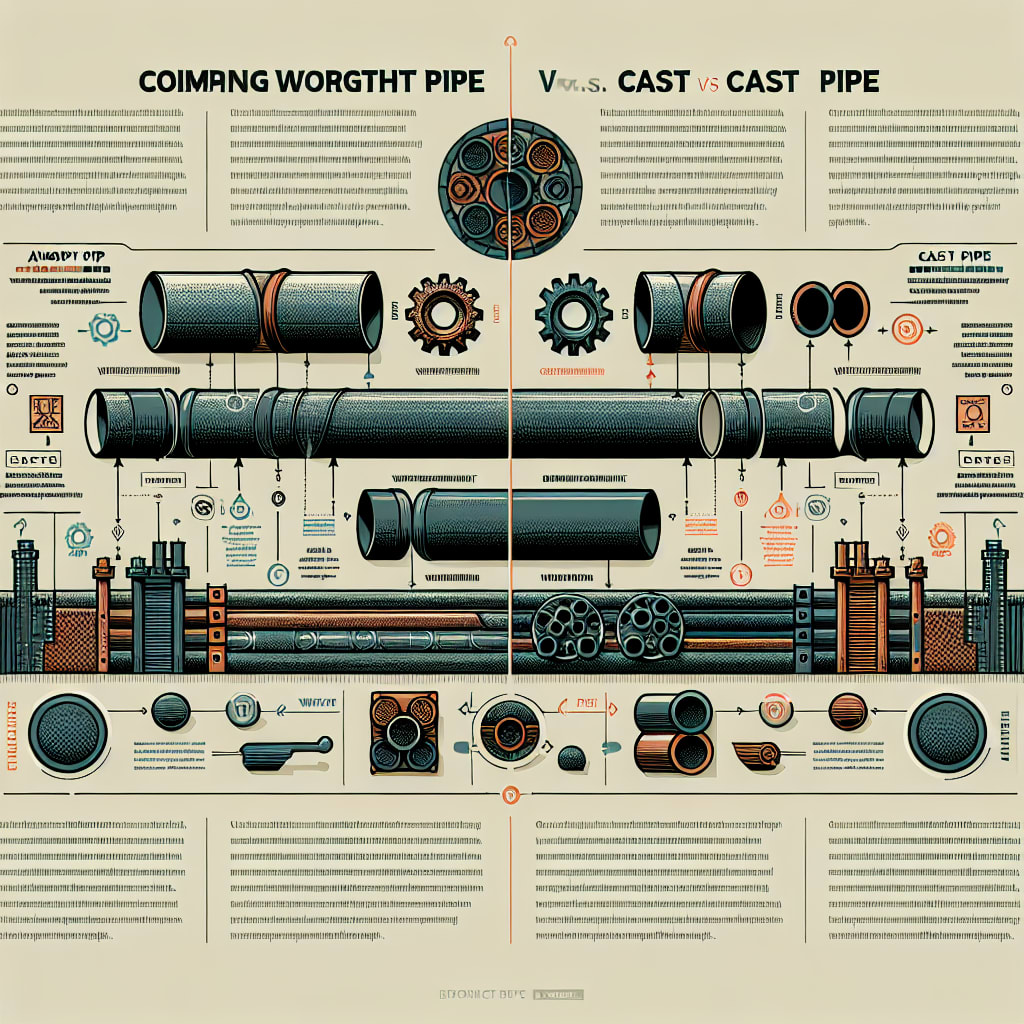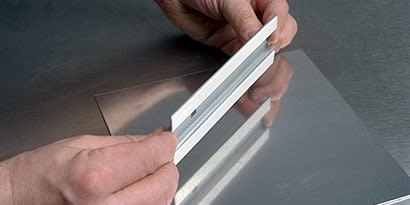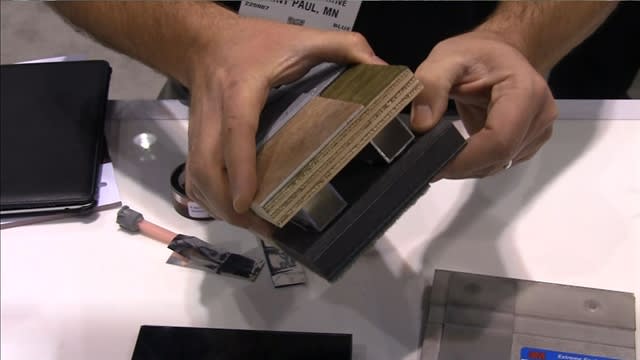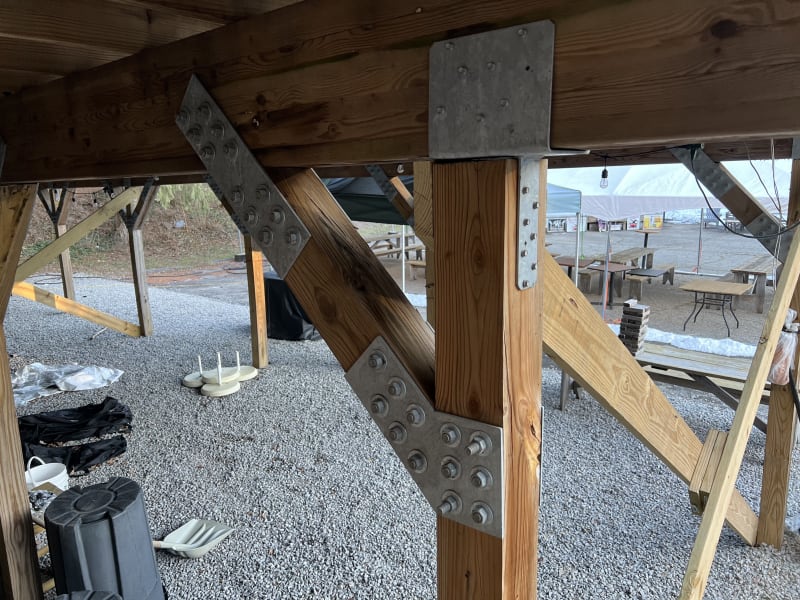HouseBoy
Structural
- Nov 21, 2005
- 464
I saw this recently and was wondering who makes them.
It APPEARS to be a pre-fab piece but I could not see a manufacturer's stamp or logo.
I see the Simpson Post Cap so I looked at their catalogue and I did not see something like this. (perhaps I missed it).
Does anyone know who makes this knee bracket?
It APPEARS to be a pre-fab piece but I could not see a manufacturer's stamp or logo.
I see the Simpson Post Cap so I looked at their catalogue and I did not see something like this. (perhaps I missed it).
Does anyone know who makes this knee bracket?






